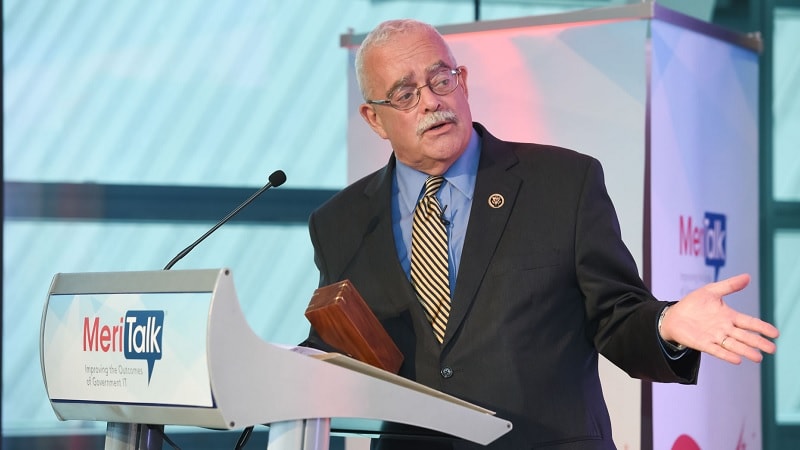
A new House bill aims to require the Environmental Protection Agency (EPA) to begin the process of updating its two legacy IT systems that manage and report on air quality data throughout the country.
The Clean Air in the Cloud Act – introduced by Rep. Gerry Connolly, D-Va., on May 7 – follows a 2023 Government Accountability Office (GAO) report that identified deficiencies with the EPA’s Air Quality System (AQS) and AirNow.
“The AQS IT system barely meets current data management needs because the architecture of the system – which dates back to the 1990s – is antiquated and inflexible,” the press release announcing the new bill says. “The inflexibility of the AQS has made it difficult to make changes to the system to reflect the evolving data from the networks and produce data reports that meet users’ needs.”
“I requested the GAO report on this issue because the federal government is only as good as the IT it utilizes,” Rep. Connolly said in a statement. “That’s true across government, and it’s certainly true for the EPA. It is my hope that, with this legislation, the EPA can resolve the challenges posed by AQS and AirNow to best deliver results for the American people they serve.”
According to the September 2023 GAO report, EPA is considering replacing the two legacy IT systems with a new, single system. Progress toward that goal has been “limited partly due to competing priorities and resource limitations,” GAO said, citing comments from EPA officials.
“EPA officials said it was particularly challenging to find and retain IT staff with experience or knowledge to work with AQS’s outdated software,” the watchdog agency said. “Moreover, the use of multiple systems to manage air quality data results in inefficient use of resources for EPA and monitoring agencies,” GAO said.
Commenting on the agency’s processes for identifying older IT systems that need to be replaced, GAO said, “Despite listing AQS as a system in need of modernization in 2017, EPA has not clearly identified AQS and AirNow as candidates for replacement through its recent IT management and oversight processes.”
Rep. Connolly’s new bill would require the EPA to implement the GAO report’s three recommendations:
- Identify factors to help EPA evaluate if their IT systems are ready for replacement or retirement;
- Document an operational analysis for the AQS and AirNow; and
- Develop and document a business case, in accordance with the EPA’s system life cycle management process, for a new IT system.
When the GAO report was released, EPA disagreed with the first recommendation, noting that it follows the agency’s system life cycle management directives to decide if an IT system needs replacing. EPA agreed with the second two recommendations.
